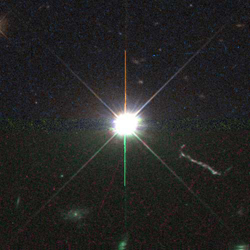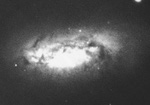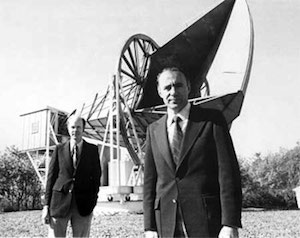Supernovae Leave Behind Cosmic X-ray Generators

Two years after discovering that the Universe is awash in X-rays, astronomers are starting to pinpoint discrete sources with greater accuracy – and none of them resembles your doctor's X-ray machine.
QUASARS: Express Trains to Netherworlds

Astronomers have discovered a quasar racing towards the edge of the known universe at a speed of 450 million miles per hour – that's two-thirds of the speed of light. This and other newfound quasars aren't just fast, they are really bright. The fact they are visible to us Earthlings means these strange objects must be fantastically bright. It's surprise inside of a surprise that's cloaked in mystery, since nobody really knows what quasars are.
Galaxies Still Misbehaving


The latest attempts to "weigh" galaxies are still coming up a bit short. The spiral galaxy, NGC 3521 has a mass equal to the mass of 80 billion Suns. The spiral galaxy NGC 972 has a mass equal to 12 billion Suns. However, when we compare the amount of light coming from those galaxies, it doesn't match the amount of light we would expect from that much matter. It's a puzzle.
Murmur of a Bang

Astronomers have identified a mysterious and faint cosmic radio signal from the birth of the Universe. The discovery provides the first observational evidence that the universe started with a Big Bang and clues about how it might end.
Big Hiss Missed by Others

One of the biggest surprises from the recent discovery of the Big Bang's faint background radiation is how many times others have missed it.




